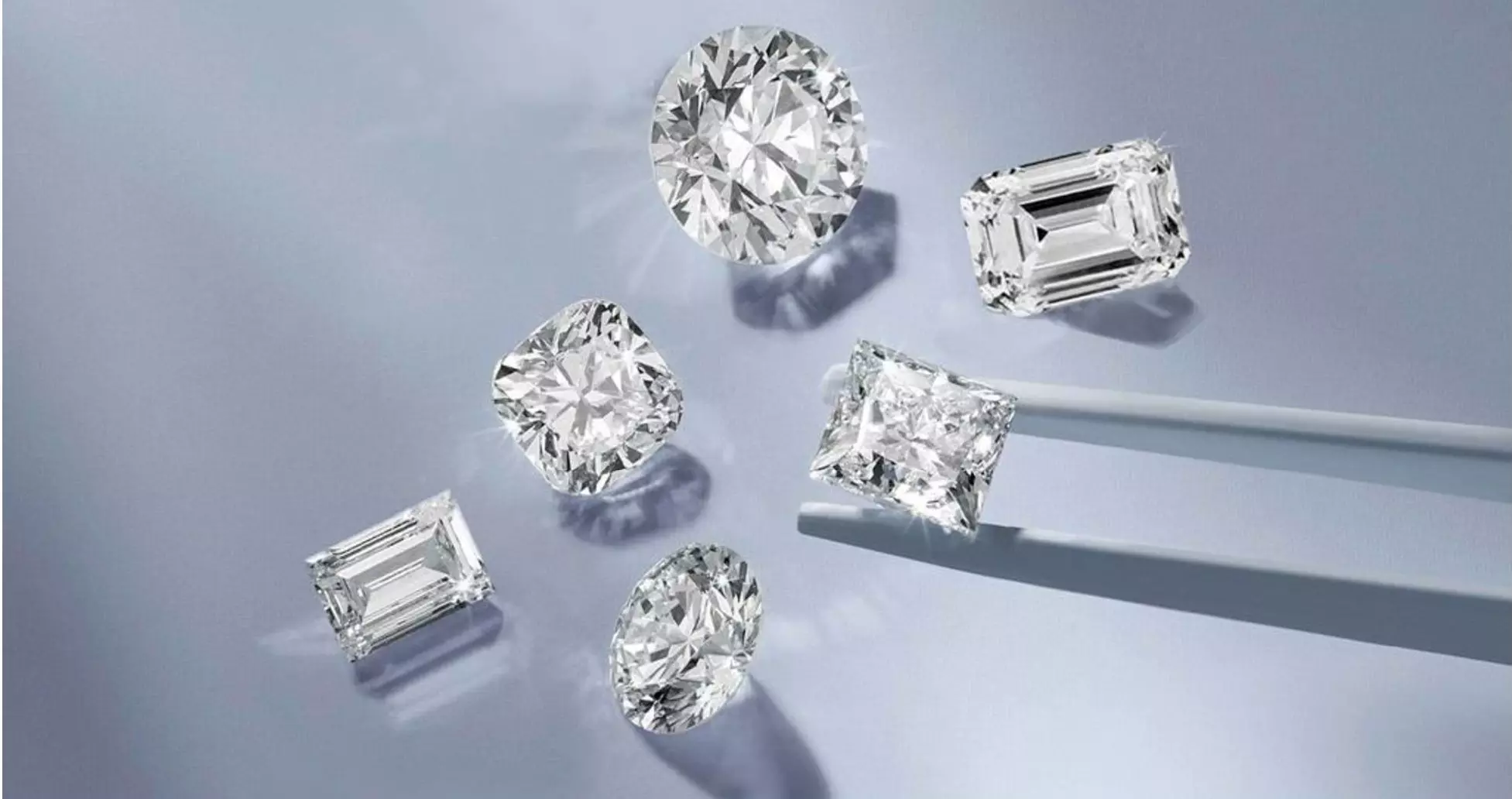Diamonds have long been associated with rarity, luxury, and exclusivity. From engagements to high-end jewelry, the diamond has become a symbol of love, commitment, and status. However, the idea that diamonds are rare is largely a misconception perpetuated by the diamond industry. While diamonds might seem rare and valuable, especially when compared to other gemstones, the reality is that they are not as scarce as many believe. Here’s why mined diamonds are not actually rare:
1. Abundant Supply of Diamonds in Nature
Diamonds are found in nature, and although the process of their formation takes millions, sometimes billions, of years, they are not as rare as often portrayed. Earth’s mantle contains an immense amount of carbon, which can crystallize under intense pressure and heat to form why mined diamonds are not rare. In fact, it is estimated that the Earth contains billions of carats of diamonds, waiting to be mined.
While diamond mines are often located in remote and challenging environments, new discoveries are constantly being made, and several countries around the world, such as Russia, Botswana, Canada, and Australia, have large, active diamond mines. These countries are rich in diamond deposits, and new reserves continue to be found.
2. Marketing, Not Rarity, Creates Demand
The misconception that diamonds are rare has been skillfully crafted over time through marketing. In 1947, De Beers, one of the largest diamond companies, famously coined the slogan “A Diamond is Forever,” positioning the diamond as an irreplaceable symbol of love. This marketing strategy was so effective that it shifted public perception, making people believe that diamonds were both rare and necessary for significant life events like engagements.
To control the supply and demand of diamonds, the diamond industry, led by De Beers for much of the 20th century, intentionally limited the amount of diamonds released to the market. By managing the flow of diamonds and creating a sense of scarcity, the industry was able to maintain artificially high prices.
3. Technological Advancements and New Sources
Advancements in mining technology and techniques have made it easier to extract diamonds from the Earth. In the past, diamond mining was more labor-intensive and less efficient, but modern machinery has allowed for the extraction of diamonds from deposits that were previously inaccessible. New methods, such as deep-sea mining, have also opened up additional sources of diamonds. As a result, the supply of diamonds has increased significantly over the past few decades.
In addition to natural mining, the rise of synthetic diamonds (lab-grown diamonds) has further reduced the perceived rarity of diamonds. These diamonds are chemically identical to mined diamonds but are created in a lab under controlled conditions. The availability of lab made diamonds has made the diamond market even less dependent on mined diamonds, offering consumers a more affordable and ethical alternative.
4. The Influence of the “Four Cs”
The value of a diamond is traditionally determined by the “Four Cs”—carat weight, color, clarity, and cut. While diamonds come in many shapes, sizes, and qualities, it’s the perception of rarity within these categories that drives their value. However, diamonds are not rare in all forms. Most diamonds, especially those with lower clarity or less color, are relatively abundant. The diamonds that are perceived as “rare” and expensive are those that are larger, flawless, and exhibit perfect color, which represents a small fraction of the total diamond supply.
Because of this, the diamond industry has been able to create a hierarchy of diamonds, with those that meet the highest standards of quality being marketed as rare, even though they are far less common than those that fall outside these criteria.
Shop ethically sourced, timeless diamond jewelry at novitadiamonds.co.nz. Perfect pieces for every special moment.
5. Diamond Supply Is Controlled by a Few Large Companies
While there are numerous diamond mines around the world, the global supply of diamonds has historically been controlled by a small number of companies. De Beers, for example, controlled about 80% of the global diamond supply for much of the 20th century. This allowed these companies to dictate the flow of diamonds into the market, ensuring that the supply would always remain limited and prices high.
Today, other companies like ALROSA (a Russian state-owned diamond mining company) and Rio Tinto play a significant role in the global diamond market. These companies continue to exercise control over diamond production, limiting supply to maintain high prices. The artificial scarcity created by these companies is a key reason why diamonds are perceived as rare.
6. Diamonds Are Not as Rare as Other Gemstones
When compared to other gemstones, diamonds are not as rare as commonly believed. Some gemstones, such as jade, rubies, and emeralds, are far rarer than diamonds and often require more difficult and dangerous extraction processes. Additionally, diamonds are frequently found in large quantities in certain regions, and the total supply is much larger than is often presented in the media.
For example, gemstones like red beryl or taaffeite are far rarer and harder to find than diamonds, yet they don’t carry the same price tag or aura of scarcity. The rarity of diamonds is a manufactured concept, built more on cultural and economic factors than on their actual scarcity in nature.
Conclusion
Diamonds are not nearly as rare as the public believes. The diamond industry’s strategic marketing, coupled with technological advances in mining, has created the illusion of rarity and exclusivity. While high-quality diamonds might be less abundant, the overall supply of diamonds is vast. The perception of diamonds as a rare commodity is a product of careful management and advertising, rather than a reflection of their actual availability. Understanding this can help consumers make more informed decisions when purchasing diamonds, and also recognize the value of synthetic diamonds and other less expensive alternatives.



